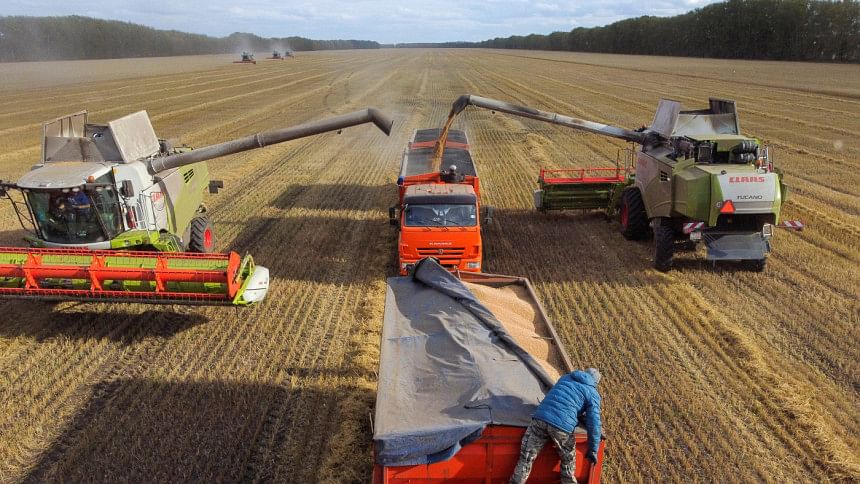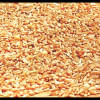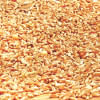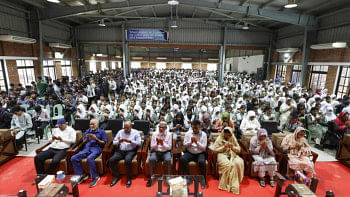Russia sets price floor for wheat at international tenders, sources say

Russia's agriculture ministry asked exporters at a closed-door meeting on Friday not to sell wheat by tender to international buyers below a minimum price, two sources with direct knowledge of the matter told Reuters.
The recommendation introduces a de-facto price floor of $250 per metric ton on a free-on-board basis for wheat from Russia, the world's biggest exporter of the grain.
The floor is set to curb exports that were flowing at high volumes in recent weeks as Russia fights domestic inflation, which is running at about 9 percent.
Russia's Grain Exporters Union said in a statement after the meeting the ministry also told exporters to engage in direct deals with buyers without third parties, as well as not to provide Russian grain to foreign firms that won international tenders below the new price floor.
"The harmful practice of recent months, caused by the vigorous activity and dumping by some 'new' exporters, must be eradicated," the union said. "Russian grain should be supplied to consumers only by Russian exporters," it added.
One of the sources said the ministry gave exporters one week to implement the recommendations.
The union said Russian grain-export potential is seen at 55 million to 57 million tons in the 2024/25 season. One Russian trader told Reuters that the announced curbs forced exporters to take risks that were previously taken by intermediary firms.
"We do not have sufficient risk-hedging tools for exporters," the trader said.
Russia earlier announced a 41 percent increase in its wheat-export duty to 1,872 roubles ($19.51) per ton on Oct. 16, up from 1,328.3 roubles previously. It was widely seen as another measure to curb exports.
The new duty reflects higher prices for Russian wheat at Saudi Arabia's wheat tender held on Oct. 7, which ranged from $230 to $243 per ton free on board.
The union had earlier accused unspecified exporters of shipping excessive volumes at low prices and said it would ask the agriculture ministry to review the quota-distribution mechanism for the second half of the season.
Under the current system, the ministry allocates export quotas for the second half of the export season from Feb. 15 to June 30, with volumes depending on shipments in the quota-free first half.
Traders said the duty increase could have been larger.
"It's not very bullish in the end if that's all they're announcing. It's like $5-$6 a ton. People were pricing bigger risks, so the market might come off," a European trader commented.
The agriculture ministry has not yet allocated export quotas for the current season. The union said quota distribution was also discussed at the meeting, without elaborating.
Russia slightly lowered its official estimate for this year's harvest to 130 million tons from 132 million tons previously, after bad weather affected many grain-producing regions this year.
"The Russian government appears to be taking a serious course to reduce wheat exports; it seems they want to keep Russian bread prices down," another trader said.
Independent consultancy Sovecon published substantially lower grain-harvest estimates on Friday, forecasting the harvest at 122.9 million tons, down from 124.4 million tons previously, citing lower yields in Siberian grain-producing regions.
Russian farmers have so far harvested 122 million tons of grain in gross weight from 92 percent of the seeded area, agriculture ministry officials said.
The country's agriculture minister, Oksana Lut, said on Thursday this year's harvest was sufficient to meet domestic needs. She estimated domestic grain consumption at 85 million to 87 million tons, with the remainder available for export.

 For all latest news, follow The Daily Star's Google News channel.
For all latest news, follow The Daily Star's Google News channel. 





Comments